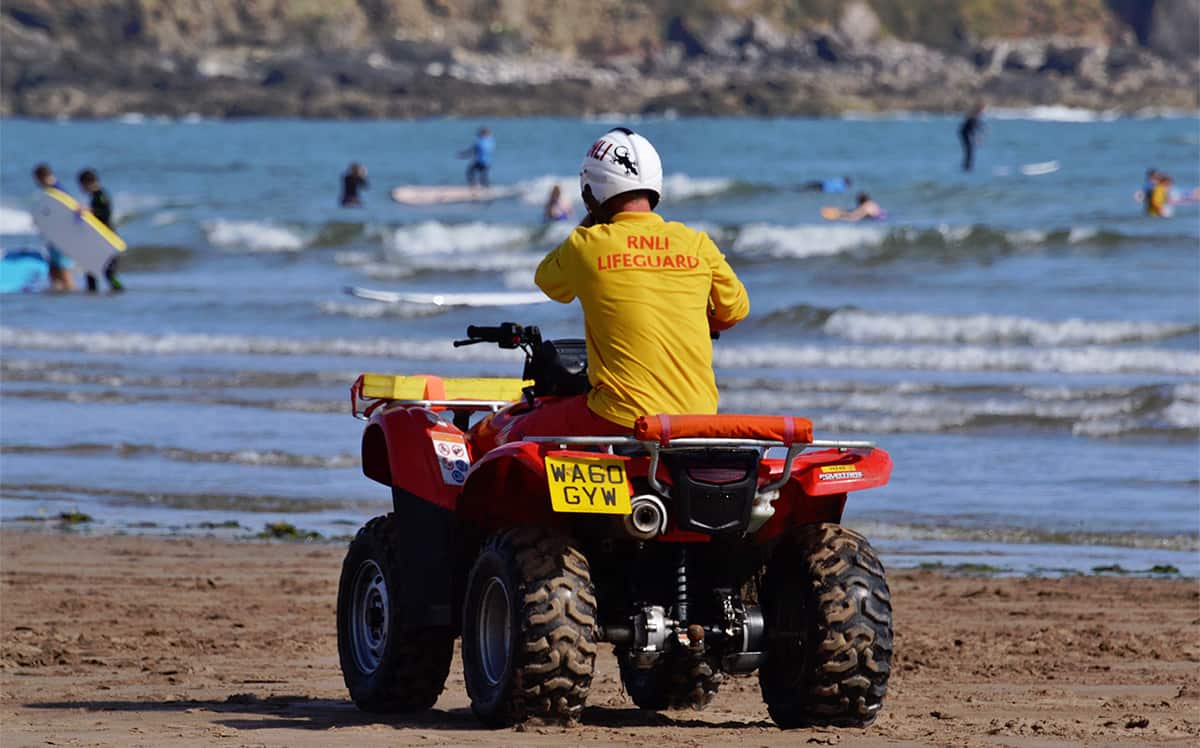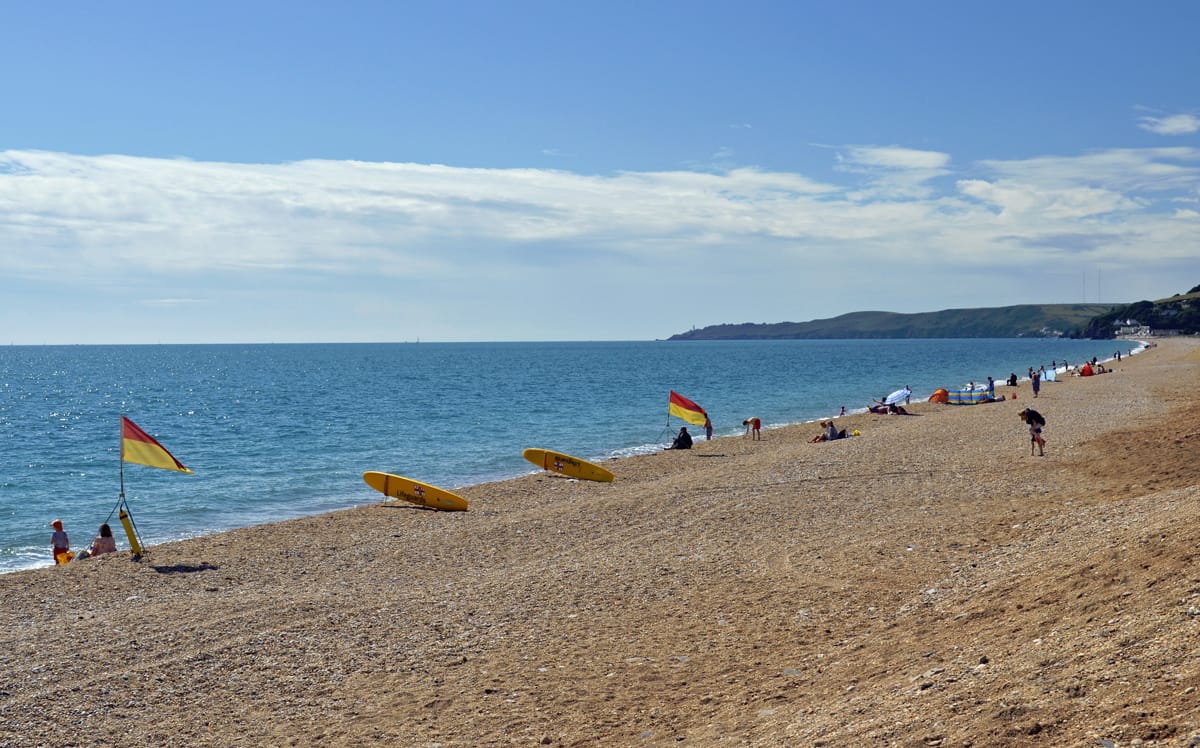Water safety at the beach | What do the flags mean?
Swimming in the sea is a fun and exhilarating part of any holiday in Cornwall, Devon or Dorset. However, the ocean is to be respected and we urge all of our guests to familiarise themselves with a few basic tips to help keep themselves and their families safe.

Every year beach lifeguards across the UK respond to thousands of incidents, and the majority of those they help are children.
One of the most common incidents lifeguards respond to involve rip currents; strong currents running out to sea, which can quickly drag you from the shallows and into deeper water. The strongest rip currents are found on beaches with powerful surf, but they can also occur around rivers mouths, estuaries and man-made structures such as piers.
Even the most experienced swimmers can be caught out by rip currents, so it’s always best to seek the advice of a qualified beach lifeguard before you swim. Learn how to spot a rip current by looking out for patches of seemingly calm water where waves aren’t breaking. These areas may also be discoloured with large amounts of sandy sediment being sucked back out to sea.
The RNLI has issued the following advice to anyone caught in a rip current:
- stay calm – don’t panic
- if you can stand, wade don’t swim
- keep hold of your board or inflatable to help you float
- raise your hand and shout for help
- never try to swim directly against the rip or you’ll get exhausted
- swim parallel to the beach until free of the rip, then make for shore
If you see anyone in trouble, alert the lifeguards or call 999 or 112 and ask for the Coastguard.

Remember to follow the flags:
Red and yellow flags; these flags indicate the safest part of the beach and you should always swim between them. Lifeguards will move the flags depending on the weather or tidal conditions.
Black and white chequered flags; these flags indicate areas designated for watersports such as surfing and kayaking. Never swim here.
Red flag; a red flag indicates danger! Never enter the water under any circumstances if a red flag is flying.
Orange windsock; indicates offshore or strong wind conditions. Never use inflatables when an orange windsock is flying.
Make sure you follow the advice of the RNLI, respect the water, and look out for each other.
